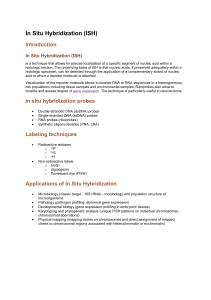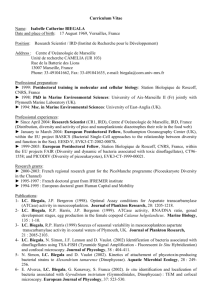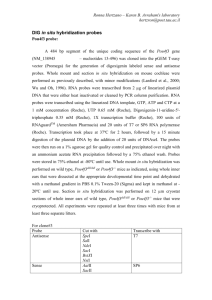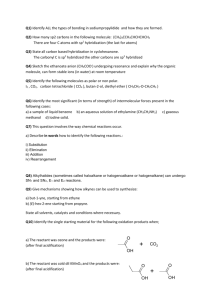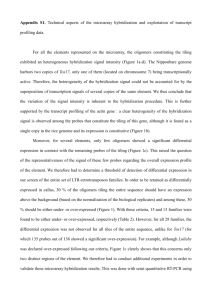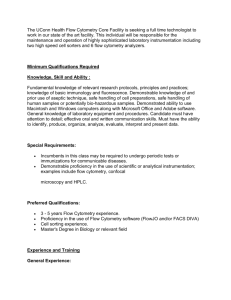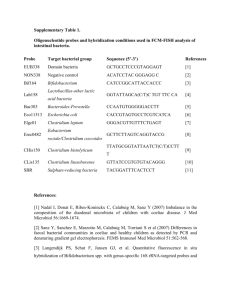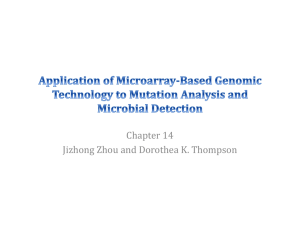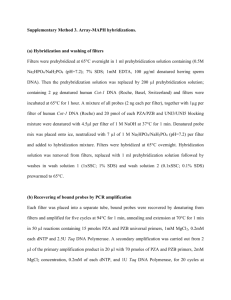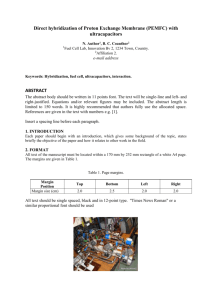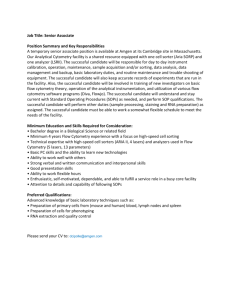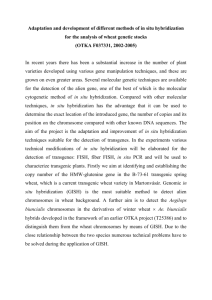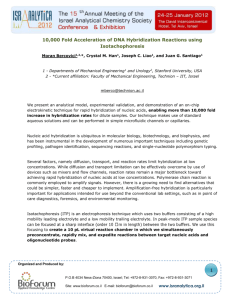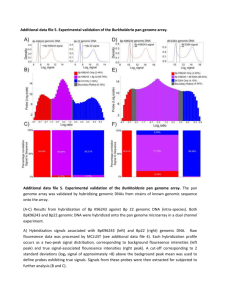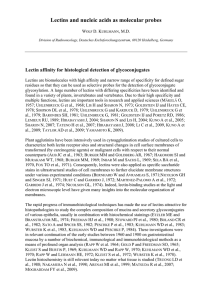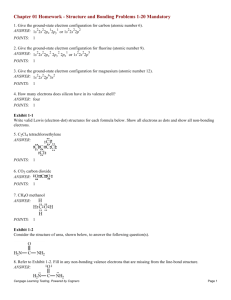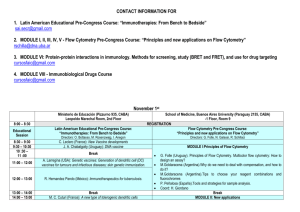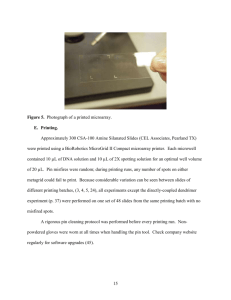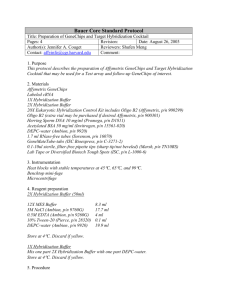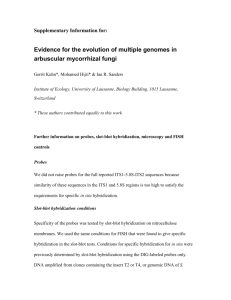Quantitative assessment of picoeukaryotes using taxon specific
advertisement
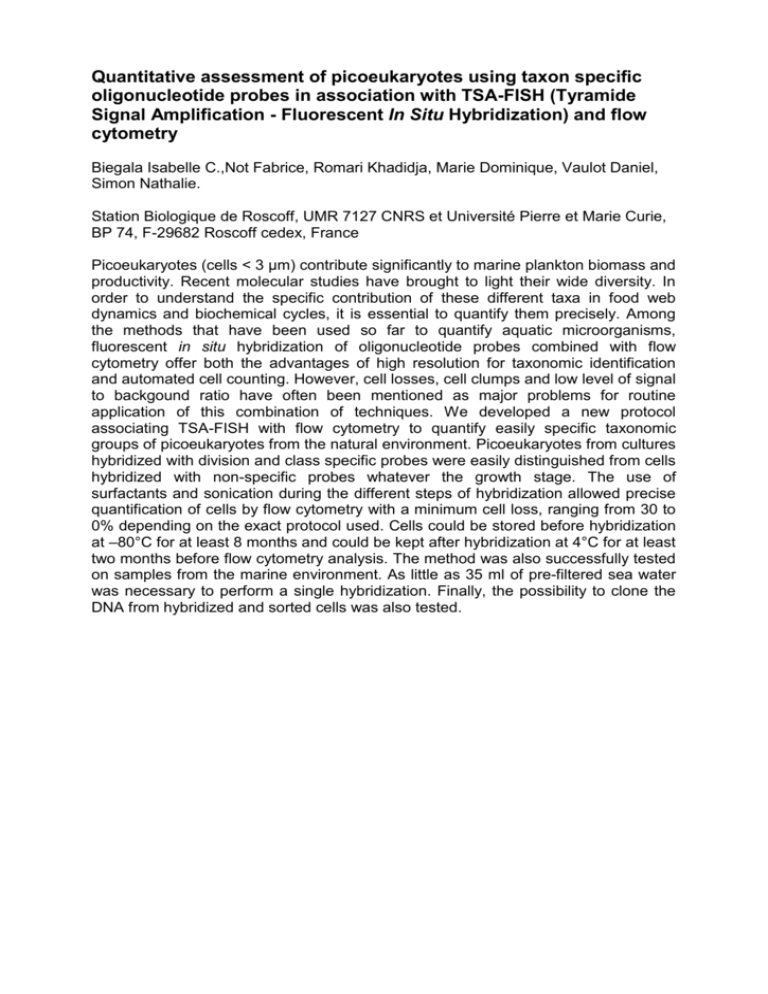
Quantitative assessment of picoeukaryotes using taxon specific oligonucleotide probes in association with TSA-FISH (Tyramide Signal Amplification - Fluorescent In Situ Hybridization) and flow cytometry Biegala Isabelle C.,Not Fabrice, Romari Khadidja, Marie Dominique, Vaulot Daniel, Simon Nathalie. Station Biologique de Roscoff, UMR 7127 CNRS et Université Pierre et Marie Curie, BP 74, F-29682 Roscoff cedex, France Picoeukaryotes (cells < 3 µm) contribute significantly to marine plankton biomass and productivity. Recent molecular studies have brought to light their wide diversity. In order to understand the specific contribution of these different taxa in food web dynamics and biochemical cycles, it is essential to quantify them precisely. Among the methods that have been used so far to quantify aquatic microorganisms, fluorescent in situ hybridization of oligonucleotide probes combined with flow cytometry offer both the advantages of high resolution for taxonomic identification and automated cell counting. However, cell losses, cell clumps and low level of signal to backgound ratio have often been mentioned as major problems for routine application of this combination of techniques. We developed a new protocol associating TSA-FISH with flow cytometry to quantify easily specific taxonomic groups of picoeukaryotes from the natural environment. Picoeukaryotes from cultures hybridized with division and class specific probes were easily distinguished from cells hybridized with non-specific probes whatever the growth stage. The use of surfactants and sonication during the different steps of hybridization allowed precise quantification of cells by flow cytometry with a minimum cell loss, ranging from 30 to 0% depending on the exact protocol used. Cells could be stored before hybridization at –80°C for at least 8 months and could be kept after hybridization at 4°C for at least two months before flow cytometry analysis. The method was also successfully tested on samples from the marine environment. As little as 35 ml of pre-filtered sea water was necessary to perform a single hybridization. Finally, the possibility to clone the DNA from hybridized and sorted cells was also tested.
